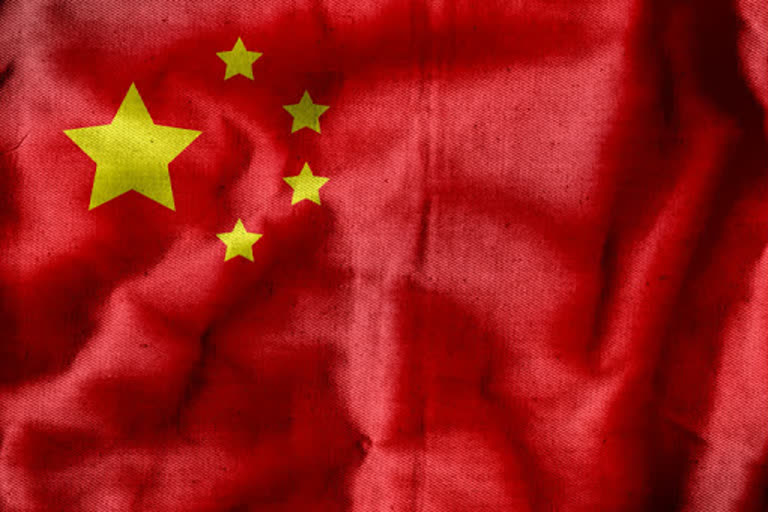New Delhi: The Republic of China is facing unprecedented criticism over its policies in various spheres. Flagrant violation of human rights in Hong Kong, Tibet and Xinjiang, expansionist designs in the South China Sea, trade issues with major nations, mishandling the information about the spread of Coronavirus, much-hyped BRI (Border Road Initiative), intrusion attempts at Indian borders and lately meddling in the internal affairs of Nepal and last, but not the least, the debt trap diplomacy has alienated China from the majority of the nations.
The phrase “Debt Trap Diplomacy” was coined by the noted Geo- strategist and author Brahma Chelani to describe China’s policies related to extending debt to African nations for developmental projects but is now being used for Chinese loans world over. It means the style and conditions of loan granted by China through which it acquires valuable stakes in the debtor nations and gradually starts interfering in their affairs for its own interests.
How does it work? Typically China offers readily available loans mainly to the LIDC (Low-Income Developing Countries) who desperately need funds for their developmental projects but are not able to get the same from the international financial institutions due to strict norms of project execution, repayment and transparency.
Many of these LIDCs, therefore, prefer foreign companies to bring in funds too. Here enter the Chinese companies. Flush with the funds from the manufacturing and export-based economy that China has, the government, banks and private financiers of China provide funds to the companies bidding for projects with the interest rate some time as high as 6% as against 3-4% charged by the international bodies like IMF, World Bank etc. And then the real sordid game begins.
The creditor- Chinese company, bank or private financiers as the case may be- asks for collaterals which might be in form of land, mining concessions, hydrocarbons or trade preferences, varying from country to country. The fund- bringing Chinese company quotes unusually high cost for the project but, since it brings much-needed funding and usually greases the palms of the local leaders, it bags the contract without the fair business practice of open and transparent tendering process.
Besides, other important conditions tied with the funding are to give contract to a Chinese company, involve Chinese equipment, Chinese project management and, in many cases, Chinese labour. Thus, a sizable chunk of the project cost, which is already very high, goes back to the contractor. If the borrowing nation fails to pay the loan or instalment thereof in time, the collateral is seized.
The whole operation smacks of the typical money lender of the Indian villages. Some analysts contend that China usually is not involved in such dubious dealings. However, the very opaque nature of the contracts, frequent increases in the cost, mid-way abandonment of projects by the contractors and confiscation of collaterals-all point towards China’s ulterior motive.
